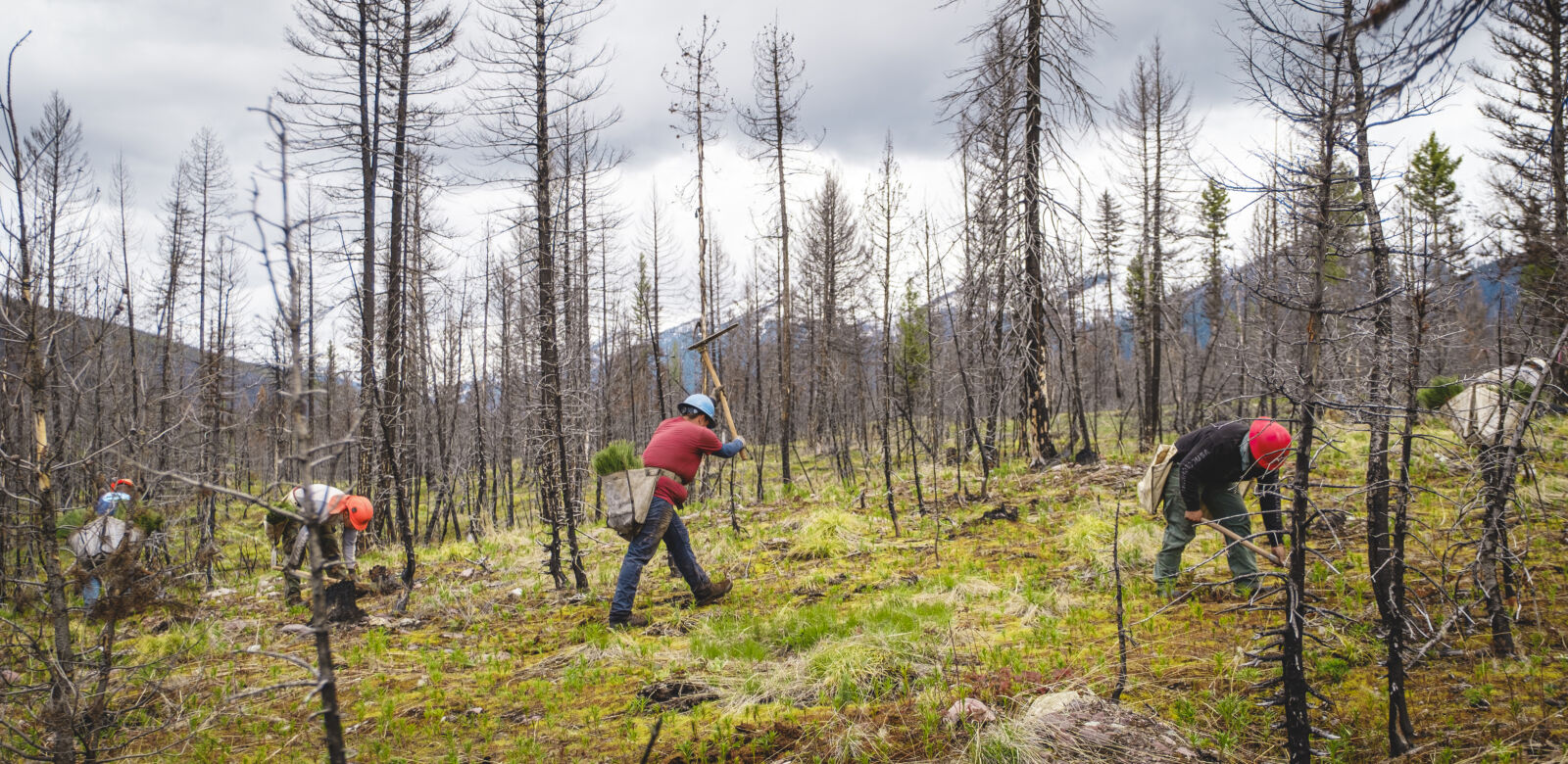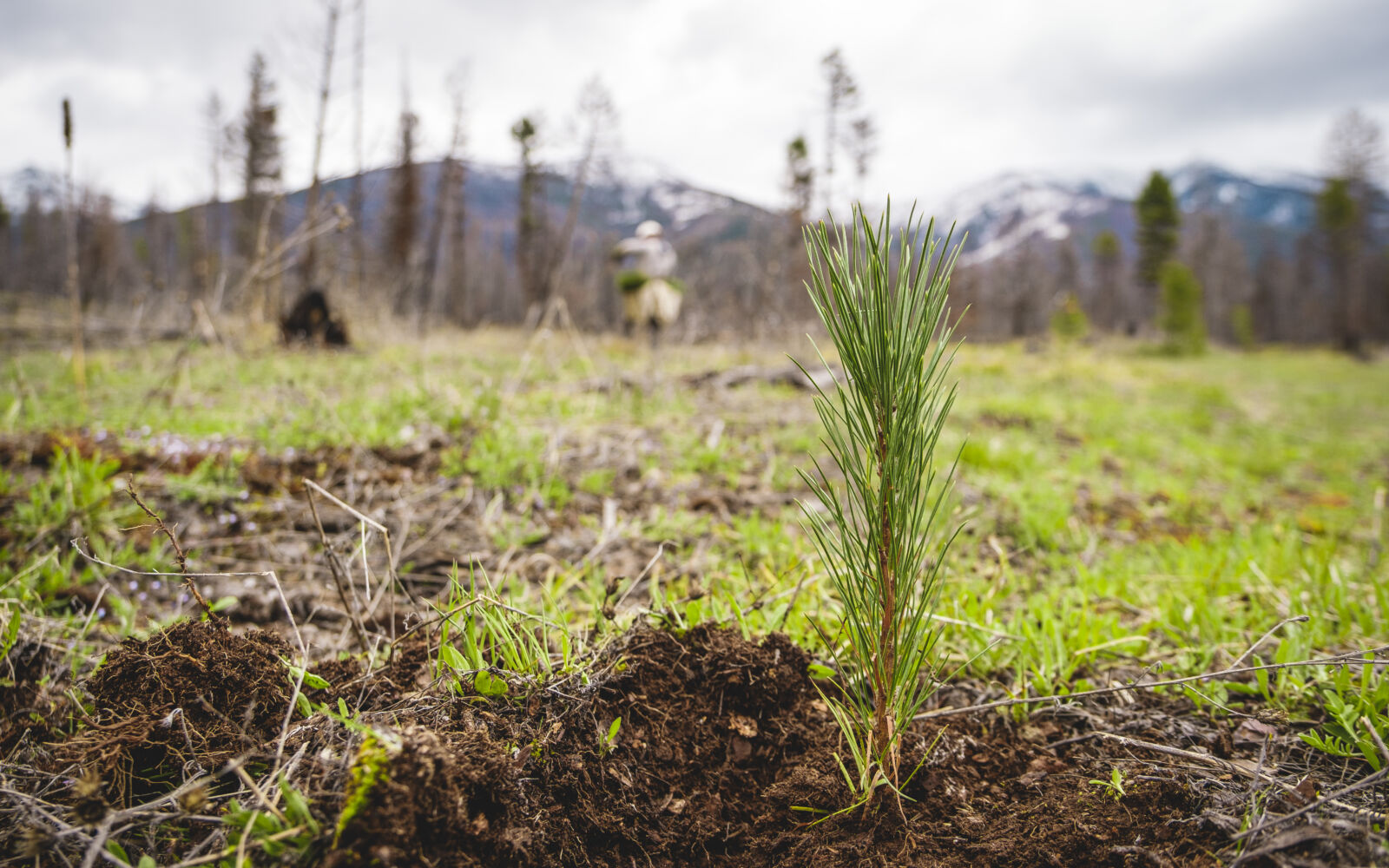As if the logistical challenges of planting millions of trees were not enough, add into the mix a global public health crisis, unlike anything the world has seen in generations. The Coronavirus pandemic (COVID-19) has taken an immense toll on the lives and well-being of many and created unprecedented challenges to on-the-ground forestry and conservation efforts, our 50 Million For Our Forests campaign included.
While one might think COVID-19 would not interfere with tree planting on National Forests, the large-scale reforestation projects we support can pose a transmission risk to workers and local communities. Seedlings aren’t dropped from a plane over disturbed forests without human contact. Instead, projects require the efforts of skilled forestry workers planting with precision across project sites, which often encompass thousands of acres. These projects typically necessitate crews of up to 15, many of whom travel extensively across the country, following the spring weather to plant at the optimal times in different regions.

Dave Gardner Creative
To mitigate risks to forestry workers and local communities, National Forests across the country implemented risk assessments to determine if reforestation could occur safely and effectively. While many National Forests were able to move forward with planting under reasonable accommodations, some were unable to proceed. In those cases, our U.S. Forest Service partners were forced to delay project implementation to this fall, if conditions permit, or next spring. As always, planting will occur in the optimal time window to ensure that native seedlings have the best chance of survival.
While these delays are not ideal, we feel fortunate that the Forest Service is prioritizing the safety of the forestry workers and local communities. We are also thankful that, despite the delays and challenges, we are still making headway on our campaign. Of the approximately 7.8 million seedlings slated for planting in 2020, more than 5 million seedlings are being planted on schedule. These seedlings offer hope for our collective future and will help restore thousands of acres of National Forests, providing future habitat for wildlife, improving watersheds, and storing carbon as our forests regrow.

Dave Gardner Creative
We are incredibly grateful for the donors, small businesses, and corporate partners that have helped fund these critical projects, especially those partners whose plans may not move forward this year. We are already looking ahead to 2021, as we track the delayed projects and await a new set of critical reforestation projects. Though we do not expect additional disruptions to the 2020 planting season, we will continue to keep our supporters informed of any additional impacts.

